Celebrating 31 Women Who Shaped NYC (Part 2)
Happy International Women’s History Month! One of our favorite things about March is the opportunity to celebrate the women who have helped shape the city we love. A lifetime of Marches would not be enough to recognize the important historical, social, political and artistic contributions that women have made to New York City, so we’ve narrowed it down to 31 – one for each day of the month – that we think everyone should know. This is Part Two. Check out our previous post.
Margaret Cochran Corbin (1751-1800)
Cover photo of The Gilded Lady by Tristan Eaton (2019) by @heelyeah2012 on Instagram, via The Nomad Alliance.
The first woman to receive a military pension, Corbin (dressed as a man) joined her husband at the Battle of Fort Washington in the Revolutionary War. When he was killed, she took over firing the cannon, earning herself the name Captain Molly for her steady aim. She was buried with full military honors and today a plaque at Fort Tryon Park commemorates her a ‘the first woman to take a soldier’s part in the War for Liberty.”
Matilda Joslyn Gage (1826-1898)
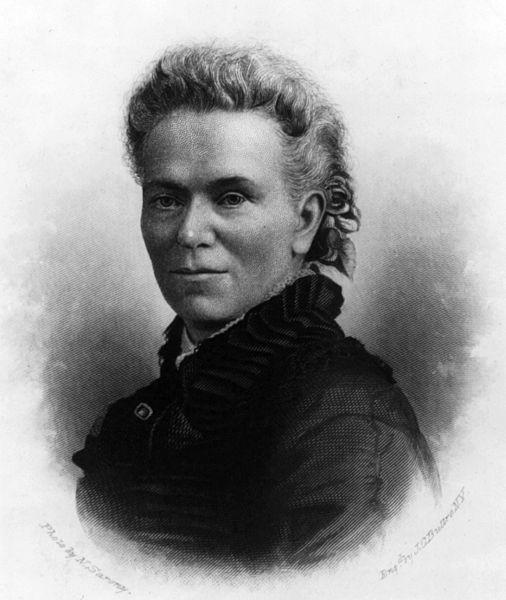
Known as the ‘woman who was ahead of the woman ahead of their time,’ Gage grew up in a home on the Underground Railroad and went on to become a leading crusader for women’s rights and suffrage, abolition, and Native American rights. When the Statue of Liberty was unveiled in 1886, Gage led a group of protesters who contended that it was hypocritical to depict Lady Liberty as a woman, when actual American women were denied political and social liberties. A fun fact: Gage’s daughter married L. Frank Baum, author of The Wizard of Oz, and it is believed that her ideas about matriarchy and women in power influenced her son-in-law’s work.
Elizabeth Cady Stanton (1815-1902)
The driving force behind the 1848 Seneca Falls Convention, Elizabeth Cady Stanton worked tirelessly to improve the status of women, calling for the Married Women’s Property Act of 1848, divorce reform, the abolition of slavery, and the right for women to vote.
Madam C.J. Walker (1867-1919)
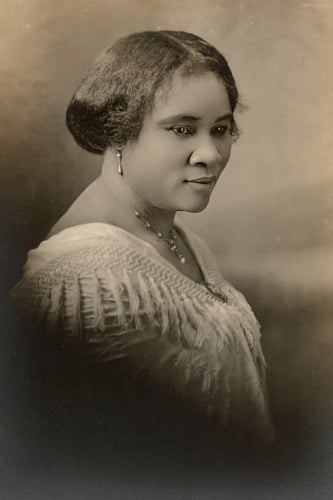
Image courtesy of National Portrait Gallery, Smithsonian Institution; gift of A’Lelia Bundles/ Walker Family
By some accounts, America’s first woman millionaire, Madam C.J. Walker amassed her fortune and power selling hair products during the Harlem Renaissance. She employed hundreds of other Black women and left most of her fortune to organizations that supported African American people and issues.
Lillian Wald (1867-1940)
Born into a wealthy Midwestern Jewish family, Wald’s career in nursing exposed her to the plight of poor immigrant families living on the Lower East Side. She dedicated her life to improving conditions in the neighborhood, providing better access to healthcare, and founding The Henry Street Settlement, which still serves the community today. Wald also lobbied for workplace safety, access to birth control, and women’s suffrage. She helped establish the United States Children’s†Bureau, the National Child Labor Committee, and the National Women’s Trade Union League. She served as chairperson of the Red Cross’s campaign to end the Spanish Flu epidemic of 1918 and represented the U.S. at International Red Cross Meetings.
Gertrude Vanderbilt Whitney (1875-1942)
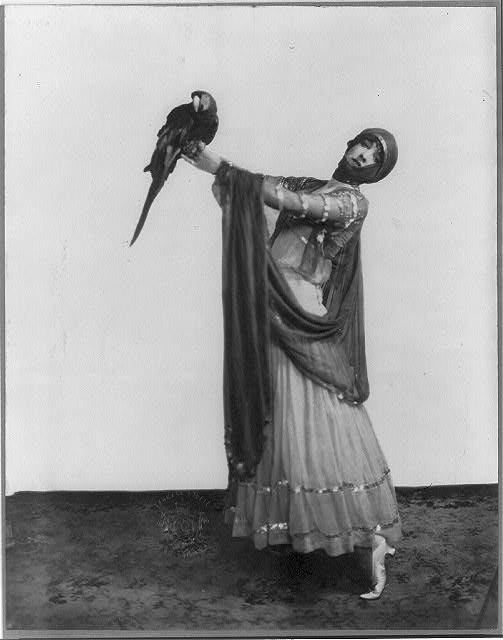
photo: (ca. 1914) Gertrude Vanderbilt Whitney, -1942, full length, standing, facing slightly left; holding parrot. ca. 1914. Nov. 19. [Photograph] Retrieved from the Library of Congress
The daughter of Cornelius Vanderbilt, Gertrude Vanderbilt Whitney immersed herself in the bohemian life of Greenwich Village at the turn of the 20th century. She eventually showcased the artists she patronized – and many others – by founding The Whitney Museum of American Art.
Zelda Fitzgerald (1900-1948)
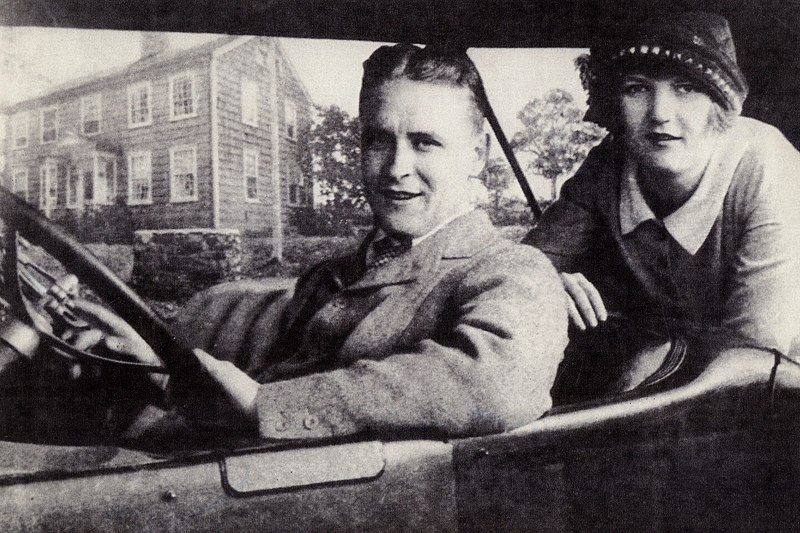
Although she’s mainly remembered as a muse and a troubled party girl, Zelda Sayre Fitzgerald was a painter, novelist and playwright in her own right. Before her marriage to F. Scott Fitzgerald at St. Patrick’s Cathedral in 1919, the Jazz Age writer wooed her at The Knickerbocker, where he was living while writing his play, Mr. Icky. F. Scott also mentioned The Knick in the autobiographical This Side of Paradise, where he said of the character of Rosalind (largely based on Zelda), ‘dull men are usually afraid of her cleverness and intellectual men are usually afraid of her beauty.’
Eleanor Roosevelt (1884-1962)
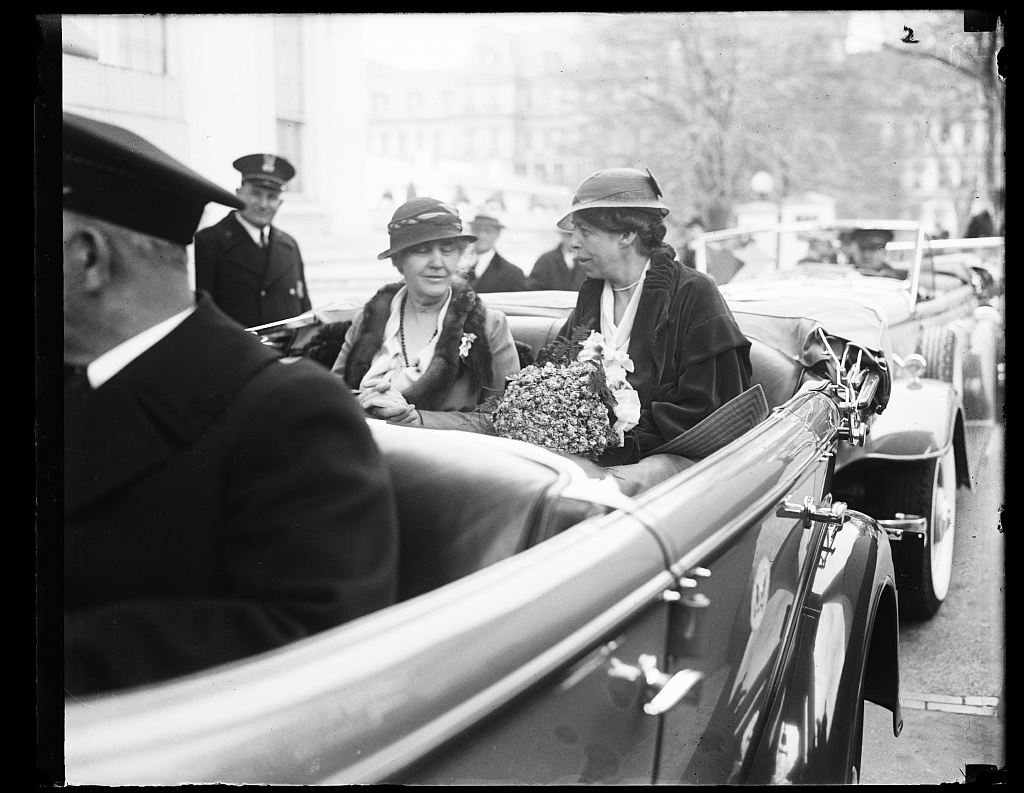 photo: Harris & Ewing, photographer. (1933) Eleanor Roosevelt, right, in automobile. United States, 1933. [Photograph] Retrieved from the Library of Congress
photo: Harris & Ewing, photographer. (1933) Eleanor Roosevelt, right, in automobile. United States, 1933. [Photograph] Retrieved from the Library of Congress
You know you’ve lived a full life when the role of First Lady isn’t even your most important contribution. Despite her privileged upbringing, Eleanor Roosevelt started her career as a social worker in Manhattan’s poorest neighborhoods and remained a staunch advocate of unions, a living minimum wage, child labor laws, women’s rights and Civil Rights throughout her life. After Franklin Delano Roosevelt’s death, she became a U.S. delegate to the United Nations.
Mary Pickford (1892-1979
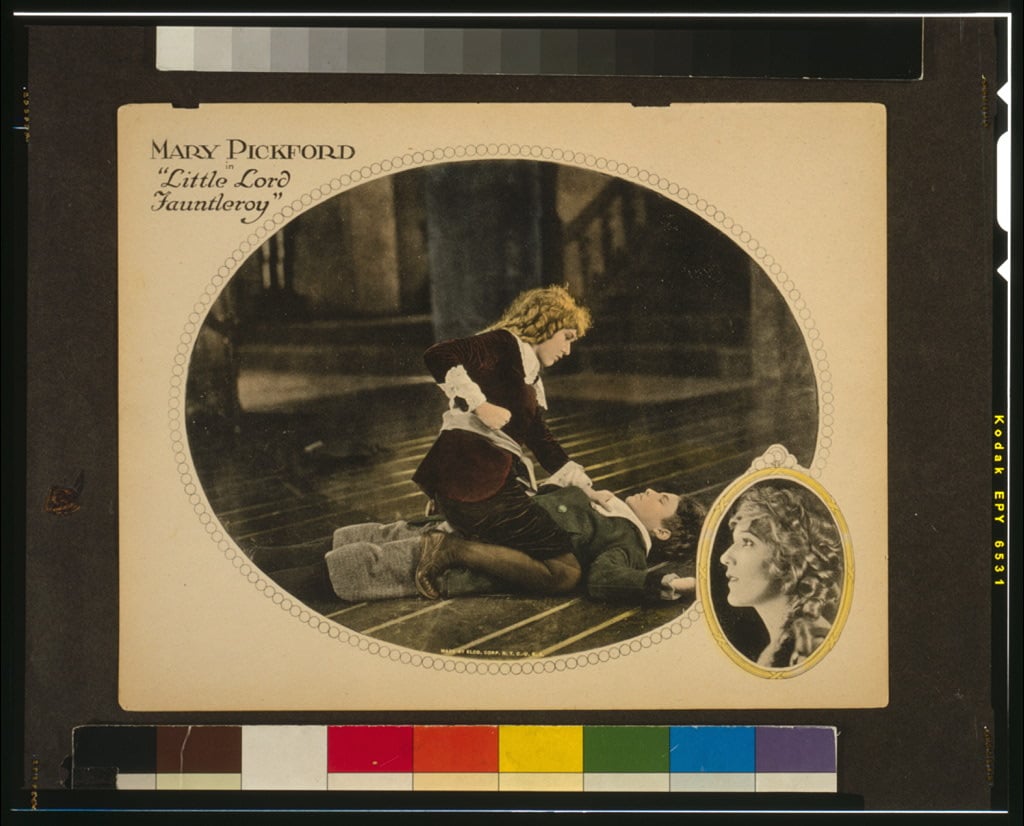
photo: Burnett, F. H. (1921) Mary Pickford in “Little Lord Fauntleroy”. , 1921. [N.Y.C., U.S.A.: Made by Elco. Corp] [Photograph] Retrieved from the Library of Congress
Mary Pickford may be better known for her Hollywood years, but the time she spent in New York was auspicious for her. In 1915, she was staying at The Knickerbocker when she met her future husband, Douglas Fairbanks, at a party in Tarrytown. Later, in 1918, she sat at her desk in her room at The Knick to sign her $1.5 million contract with Paramount, making her the world’s most highly paid film star.
Bella Abzug (1920-1998)
‘Battling Bella’ claimed her seat as a congresswoman from New York with the campaign slogan, ‘A woman’s place is in the House – The House of Representatives.’ One of the first women appointed to the New York Bar (in 1945), Abzug was a leading proponent of the†Equal Rights Amendment, gay rights and the Equality Credit Opportunity Act (ECOA), and an opponent of the House Un-American Activities Committee, the Vietnam War and the military draft. She worked for the†American Civil Liberties Unionand theCivil Rights Congress.
Pauline Kael (1919-2001)
Known for her razor-sharp wit and needle-focused reviews, The New Yorker film critic Kael is considered one of the most influential critics of her era and her impact continues to be felt in the work of contemporary critics and filmmakers. George Lucas, whom she regularly panned, named the villain General Kael in his film Willow after her, while directors Quentin Tarantino and Wes Anderson have both credited her work with influencing their aesthetic.
Estée Lauder (1908-2004)
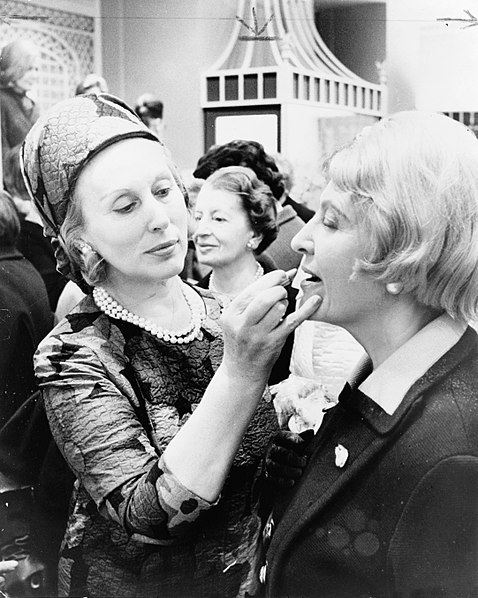
Photo by: By New York World-Telegram and the Sun staff photographer: Sauro, Bill, photographer. – Library of Congress Prints and Photographs Division. New York World-Telegram and the Sun Newspaper Photograph Collection.
A true child-of-immigrants success story, Lauder grew up poor in Queens. During high school, she joined her uncle, a chemist, in his beauty product business. After finding success marketing his products and innovating new ones, she married Joseph Lauder and together they founded Estée Lauder, Inc. in 1946. Today, the company sells in 150 countries and territories and has a net worth of $51.14 billion. Mrs. Lauder’s NYC philanthropic contributions include three playgrounds in Central Park and major donations to Memorial Sloan-Kettering Hospital.
Jane Jacobs (1916-2006)
We have Jane Jacobs to thank for the character and charm of Lower Manhattan. During the car craze of the 1950s and ë60s, Jacobs crusaded valiantly against urban planner Robert Moses’s scheme to construct an expressway that would have obliterated parts of Greenwich Village, Soho, Chinatown and Little Italy.
Ada Louise Huxtable (1921-2013)
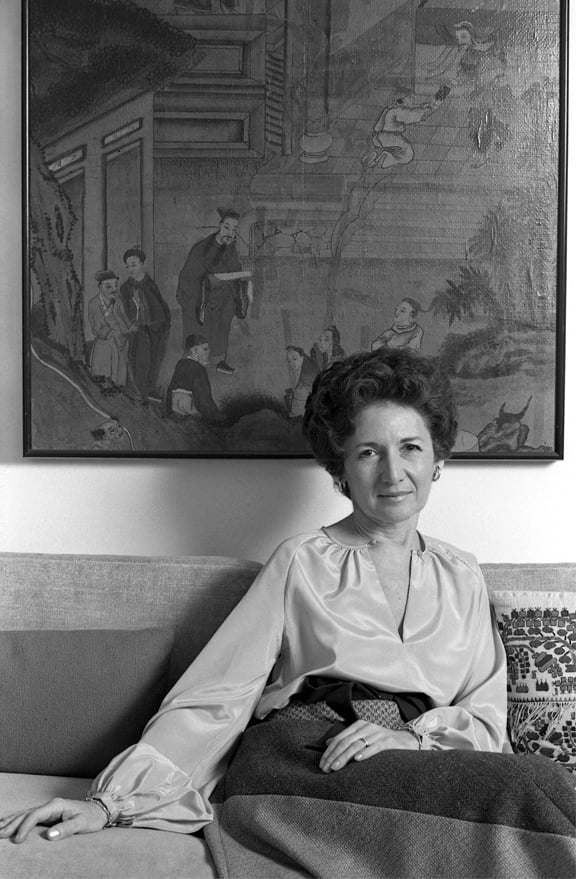
Photo by Lynn Gilbert via Wikimedia Commons
Recipient of the first-ever Pulitzer Prize for Criticism (in 1970), and a MacArthur fellow (1981), Huxtable is known for establishing the field of architectural journalism and raising the public consciousness around urban architecture and design.
Maria Tallchief (1925-2013)
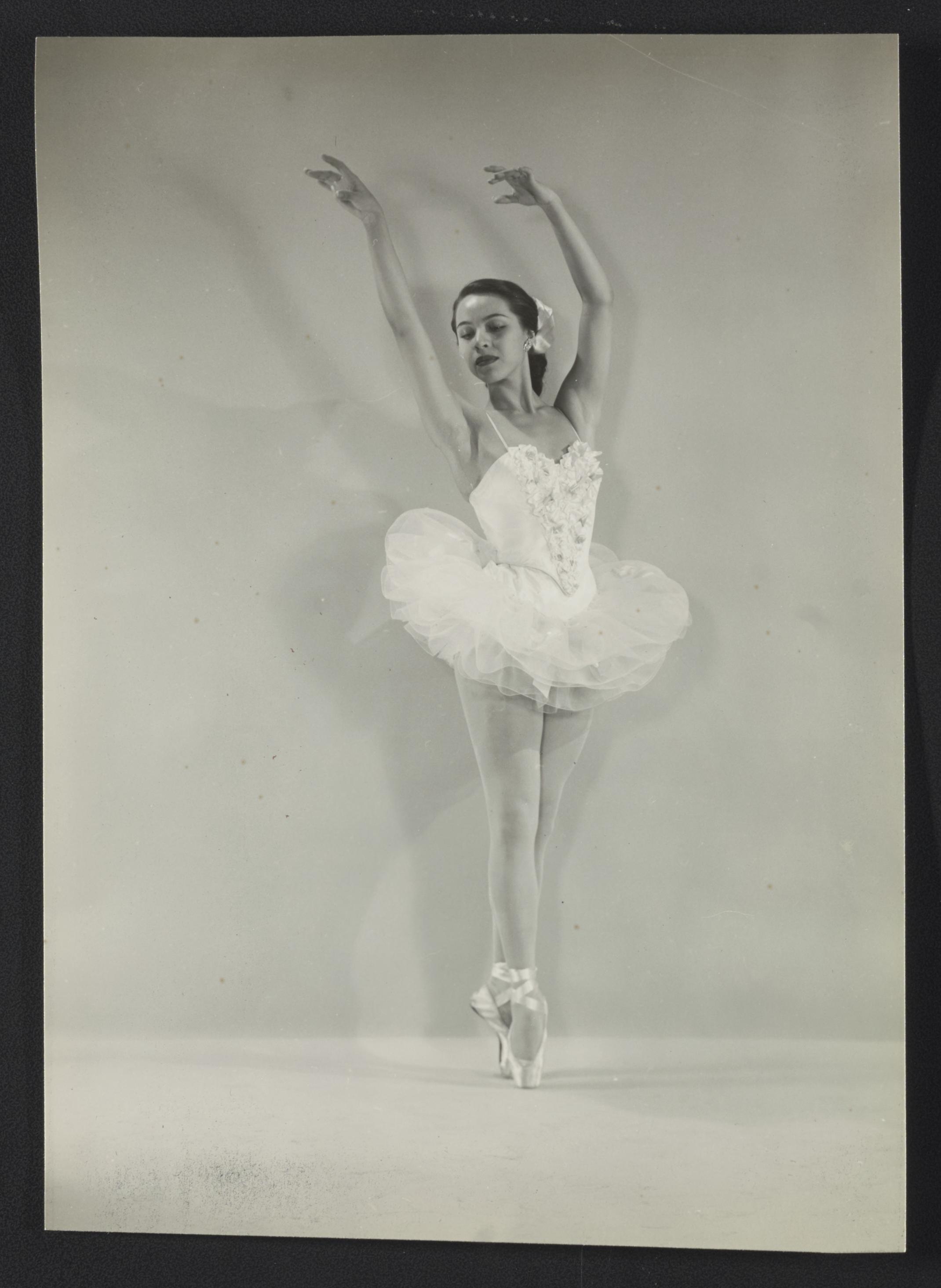 photo: Colwell, L. (1947) Larry Colwell dance photographs: Studio or publicity photos: Tallchief, Maria. 1947. [Photograph] Retrieved from the Library of Congress
photo: Colwell, L. (1947) Larry Colwell dance photographs: Studio or publicity photos: Tallchief, Maria. 1947. [Photograph] Retrieved from the Library of Congress
Born on an Osage reservation in Oklahoma, Tallchief was advised to change her name to succeed in the very white world of ballet. She refused and became George Balanchine’s muse and the first major American prima ballerina with the New York City Ballet. She was the first American ballerina to dance with the Paris Opera Ballet, and the first American to perform at the legendary Bolshoi Theater in Moscow. Tallchief is a recipient of a Kennedy Center Lifetime Achievement Award and is a member of the National Women’s Hall of Fame.
